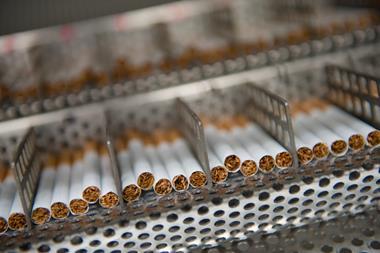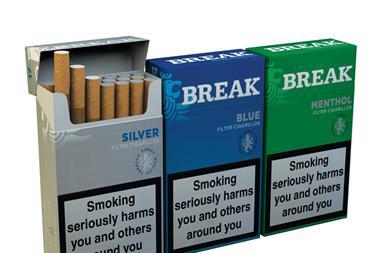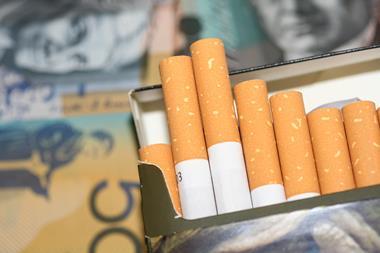Tobacco plain packaging is coming to a shop near you - in fact possibly to your shop. That is the gist of the government’s response to the Chantler inquiry, which reported last week. Minister for public health Jane Ellison has announced a further round of consultation, but the direction of travel is clear - the government wants to move forward with tobacco plain packaging as quickly as possible.
“None of the studies have looked at whether the policy reduces smoking”
When a government is that determined on an important area of public policy, you have to hope the evidence supporting what it is doing is clear-cut. But is the evidence on the benefits of plain packaging that clear cut?
There is near-universal support for the policy from experts. In a recent study, academics asked 33 of the world’s top experts what they thought would be the impact of plain packaging. All of them supported the policy, which they said would probably result in a 1% reduction in the number of adults smoking and a 3% reduction in children smoking - which is all well and good, but on what evidence are they basing these assertions?
Oddly, hardly any of the myriad studies that have looked at the impact of plain packaging have looked at whether the policy actually reduces the number of people smoking or number of cigarettes smoked.
Researchers have evaluated the appeal of plain packs and branded packs, studied the eye movements of smokers measuring how much time they spend looking at the health warning on branded packs and plain packs, asked smokers how they feel about carrying plain packs covered in brutal images of diseased organs (no surprise, they don’t like it) and examined how smokers interpret the level of harm of cigarettes on the basis of the colours on the packets.
All very interesting, but what does it tell you about smokers’ willingness to smoke when their cigarettes are packaged in this way? The answer is very little and the upshot is we don’t know whether the policy will work.
When Sir Cyril Chantler was commissioned last November to look at the evidence on plain packaging, many assumed he would hot-foot over to Australia to see what had happened there following the adoption of the policy in 2011. But his report makes no reference to any evidence from Australia. So we are none the wiser on the impact in the one country that has so far adopted plain packaging.
Tobacco plain packaging is being promoted by public health advocates who would support any policy that restricts smoking. But that does not mean the policy will be effective in delivering that goal. Meanwhile, the tobacco industry has said that plain packaging might increase the production of counterfeit cigarettes and have pointed out that when most young people start smoking, the brand of cigarette involved is of little relevance compared with influence of peers and others.
Perhaps rather than rush forward with this policy, we should instead invest in more and better research to see if the policy actually delivers the claimed reduction in smoking.
Dr Neil McKeganey is a director at the Centre for Drug Misuse Research



















No comments yet